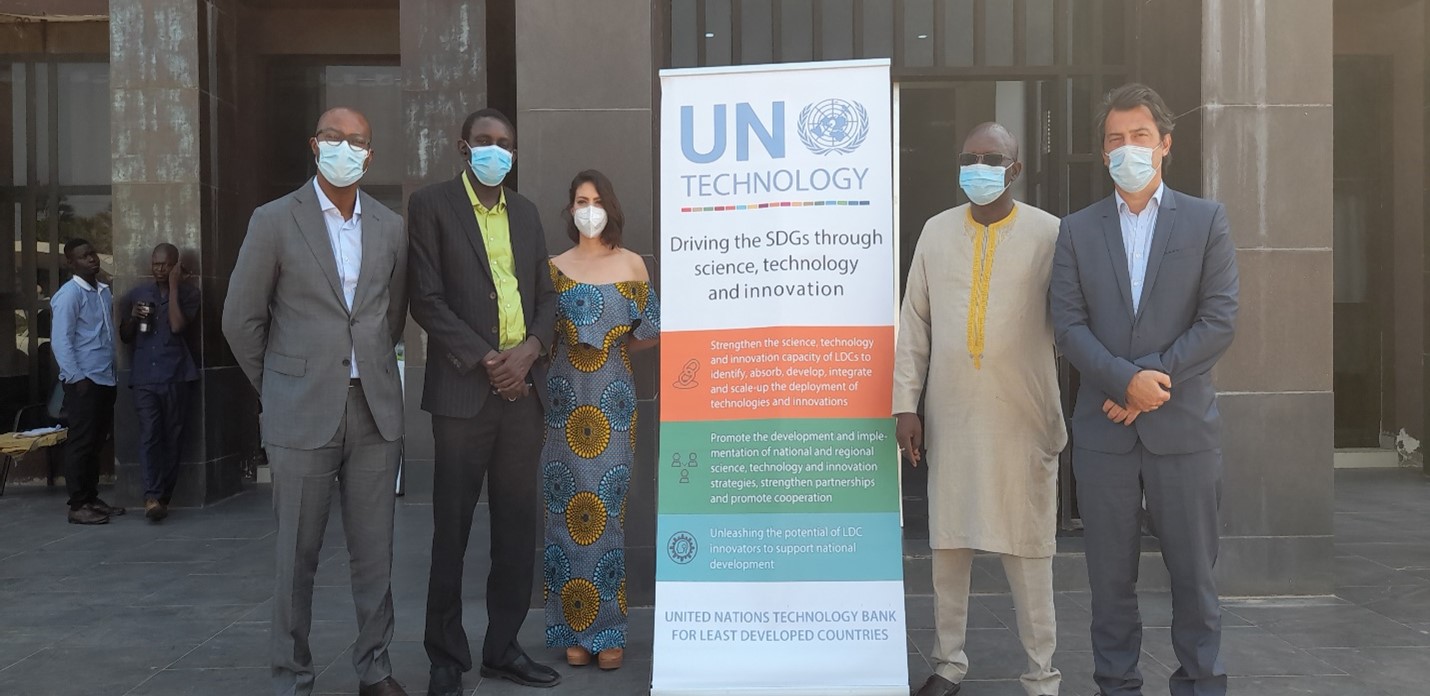The Ministry of Higher Education, in partnership with the United Nations Technology Bank for Least Developed Countries and the UN Institute for Training and Research - Operational Satellite Applications Programme (UNITAR-UNOSAT) on Monday, 2nd November, 2020 convened a day’s workshop geared towards demystifying geospatial technologies and raising awareness on the important role they can play to support The Gambia’s development efforts.
The workshop targeted policy makers and practitioners in The Gambia who can greatly benefit from the data revolution to better shape management strategies and to make more informed, data-driven decisions.
In his opening remark, the Director of Science and Technology at MoHERST, Muctarr MY Darboe, reiterated the UN Secretary General’s call for a revolution in the use of data for sustainable development. According to him, geospatial information technologies have a significant role to play in addressing challenges dealing with climate change adaptation and mitigation, disaster risk deduction and management.
Moshe Kao, the representative from the UN Technology Bank, who doubles as Programme Management Consultant, expressed gratitude to the government of The Gambia for making the workshop possible amidst challenges posed by COVID-19.
He went on to state that the Technology Bank, together with their partner UNITAR are enhancing the capacity of experts and policymakers on the interpretation, utilisation and use of geospatial technology for development.
According to Mr Kao, the workshop is part of a pilot programme that has involved Uganda, The Gambia and Mozambique, wherein participates are provided with the skills and knowledge needed to leverage geospatial technology for improved disaster risk management, climate change and natural resource management.
“Last week, over 20 participants were trained from the different ministries across The Gambia on this program,” he informed, adding “it is important to highlight that effective rapid response to disasters; such as floods, landslides, among others, can reduce loses of lives as well as mitigate structural damages in immediate aftermath of these events”.
Mr Kao expatiated that is very critical for emergency response teams to access timely, accurate and essential information.
“Satellite imagery is a rich source of information that can pinpoint regions most affected by disasters. One of these tools is remote sensing of flood analysis which is typically semi-automated to remove the timely and manual component of trying to analyze the data. And by leveraging science and technology, countries have a greater chance of empowering the most vulnerable communities,” he stated.
For Permanent Secretary of MoHERST, Mod A K Secka, it has been globally accepted that the successful implementation of any government policy or programme is greatly linked to a quality skill set of staff and human resources implementing such programmes. In that regard, Mr Secka said the workshop is in line with the government’s target of having an informed and skillful human resource that will effectively and efficiently implement the national development plan; with one of its key priorities being the national science technology and innovation policy (2015-2024).
“It is expected that the knowledge, best practices and technologies learnt in this workshop will go a long way in supporting the implementation of sectoral policies and programmes relative to geospatial technologies and resilience to climate change and related disasters in The Gambia,” he stated.

